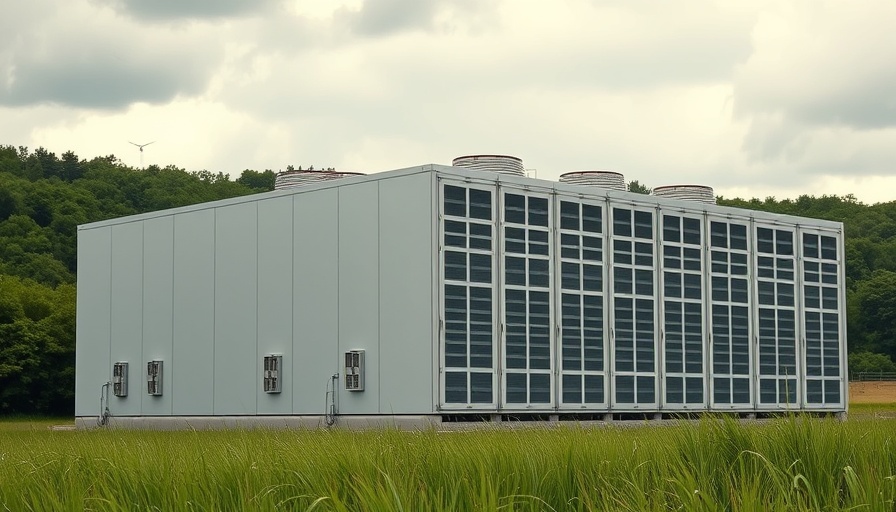
Concerns Mount Over Air Quality Near xAI’s Data Center
The air quality around xAI's data center in Memphis has sparked significant concern among residents due to the emissions from natural gas turbines used to power the facility. The data center, known as Colossus, has become a focal point for discussions on environmental safety, especially after the recent air quality tests conducted by the City of Memphis.
Results of the Air Quality Testing and Controversy
On June 25, the City of Memphis released initial findings from air quality tests, claiming that levels of the ten pollutants analyzed were within safe limits. However, the Southern Environmental Law Center (SELC), which is preparing to sue xAI on behalf of the NAACP, pointed out that ozone, a significant pollutant, was not tested. Ozone, commonly known as smog, is particularly concerning for public health. The SELC raised questions regarding the omission of ozone testing, stating it is unclear why the city did not include it in their assessment.
Data from the tests conducted on June 13 and 16 indicated measurements at three locations—downtown Memphis, Whitehaven, and Boxtown. Notably, the Boxtown sampling site was located approximately two miles from the xAI data center. The SELC criticized the procedure, alleging that monitoring devices were placed too close to buildings, potentially skewing results. The EPA guidelines suggest that air sensors should be installed far away from obstructions, six feet above ground level to avoid contamination from other sources.
The Local Community's Perspective
Residents living near the xAI facility have expressed concerns about long-term health effects stemming from the emissions. They fear an increase in respiratory issues and other health problems associated with air pollution. Communities in Whitehaven and Boxtown have not only voiced their worries but are also seeking answers about the potential impacts on their health and well-being. As one resident expressed, ‘We just want transparency and accountability.’
Counterarguments from xAI and the City
xAI has defended its practices and the safety of its operations, arguing that the data center is compliant with local regulations and has been built to minimize environmental impacts. City officials reiterated that findings showed pollutant levels were within acceptable ranges, emphasizing the importance of relying on science and factual data in these discussions. Nonetheless, skepticism remains, especially regarding the processes followed in the testing.
Future Implications for Air Quality Monitoring
This incident raises broader questions about air quality monitoring protocols and the responsibilities of tech companies regarding environmental impact. As data centers proliferate across the globe, more scrutiny will likely be directed at their effects on local air quality. The use of renewable energy sources, stringent pollution measures, and greater community involvement may become prerequisites for new data centers to ensure local environments are not compromised.
Next Steps for Stakeholders
The upcoming legal actions by the SELC could redefine how tech enterprises engage with local communities concerning environmental sustainability. If successful, these legal actions might compel xAI to enhance its technology and operational standards to safeguard public health while continuing to expand its data services. As communities strive for cleaner air, tech companies will need to grasp the importance of air quality and its direct effects on their business models.
Actionable Insights for Community Engagement
Residents and local governments are encouraged to stay informed and engaged in discussions regarding environmental impacts from industrial activities. Seeking transparency in air quality data, advocating for comprehensive testing, and joining groups aiming to hold corporate entities accountable can empower communities. They can also request more rigorous studies and demand involvement in future environmental assessments to better protect their health.
This situation serves as a real-time case study on the intersection of technology, community health, and environmental responsibility, underscoring the need for balance in advancing technological infrastructure while safeguarding public interests.
 Add Row
Add Row  Add
Add 



Write A Comment